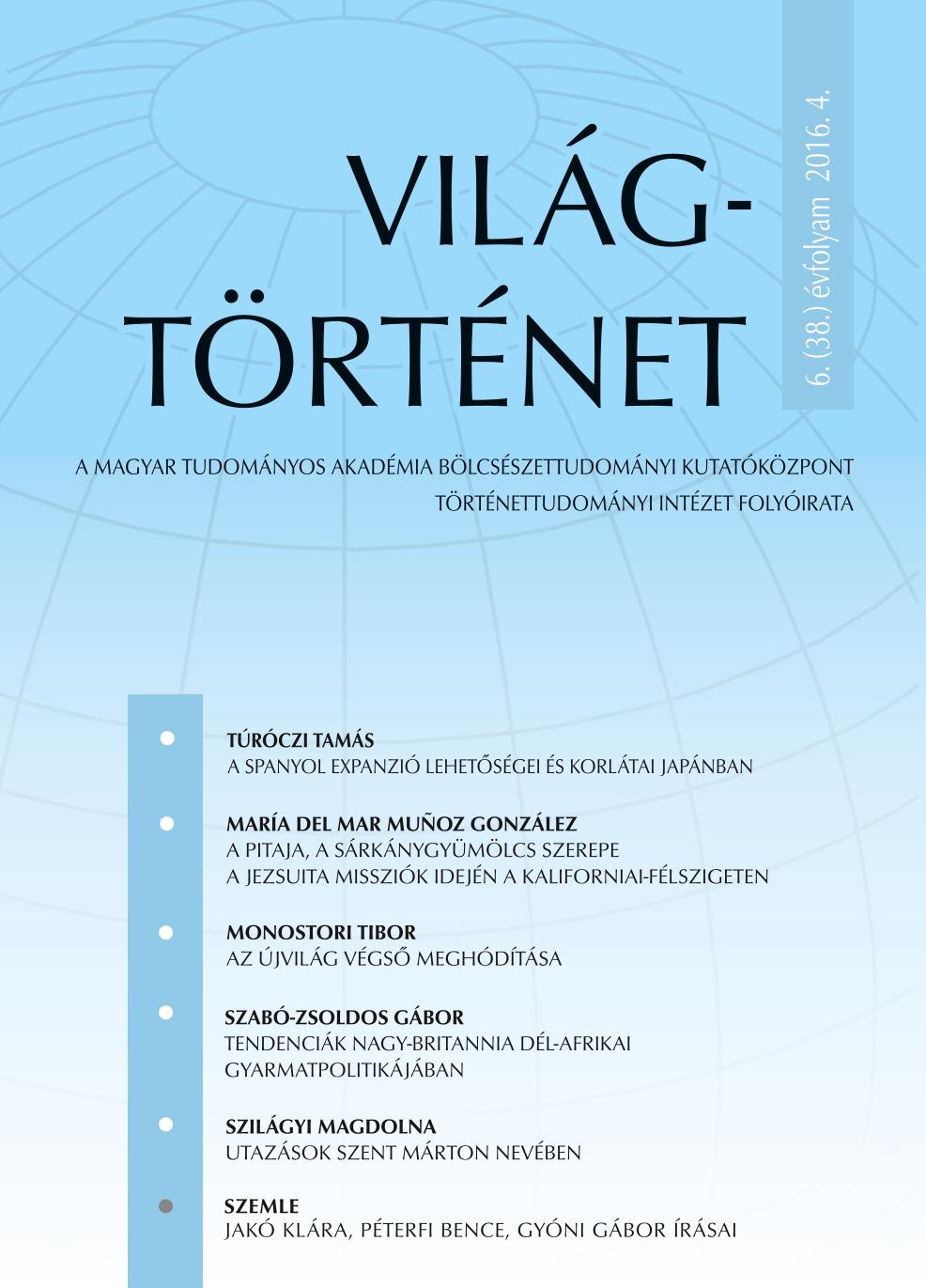Tendenciák Nagy-Britannia dél-afrikai gyarmatpolitikájában, 1846−1881
Tendencies of Great Britain’s South African Colonial Policy, 1846−1881
Author(s): Gábor Szabó-ZsoldosSubject(s): 19th Century
Published by: Magyar Tudományos Akadémia Bölcsészettudományi Kutatóközpont Történettudományi Intézet
Summary/Abstract: „So newspapers and politicians said five-and-twenty years ago, so they repeated seven years ago; yet here we are just emerging from the worst affair that we ever were engaged in there. Our ’shalls’ and ’musts’ are as ineffectual as the ’shalls’ and ’musts’ of children. As sure as the leaves come when summer comes, fresh troubles of the same kind will continue to return upon us, unless we – the British people – set ourselves to understand how they are brought about.” The quoted lines written by Sir James Anthony Froude the well-known historian and journalist of the Victorian Britain refer to the hypothesis of the present article, namely that Great Britain’s South African colonial policy in the second half of the 19th century can be described as a rhythmical change of several tendencies. To the first of these trends belong the schemes elaborated mainly by the leaders of the Colonial Office aimed to unite the ethnically, culturally and above all politically divided Southern Africa (British colonies, Boer and African states and communities) and form a British dominated self-governing confederation or union which would be loyal to the mother country. The third Earl Grey (1846−1852) was the first leader of the Colonial Office who was convinced that the unification could be remedy for the actual and acute problems of Southern Africa. That concept became the main directive of Britain’s South African colonial office under the second term of office of the fourth Earl of Carnarvon as the Secretary of State for the colonies (1874−1878). Apart from the roots of the tendency of the South African unity, numerous other trends as well are examined in the present article.
Journal: Világtörténet
- Issue Year: 2016
- Issue No: 4
- Page Range: 585-609
- Page Count: 25
- Language: Hungarian

